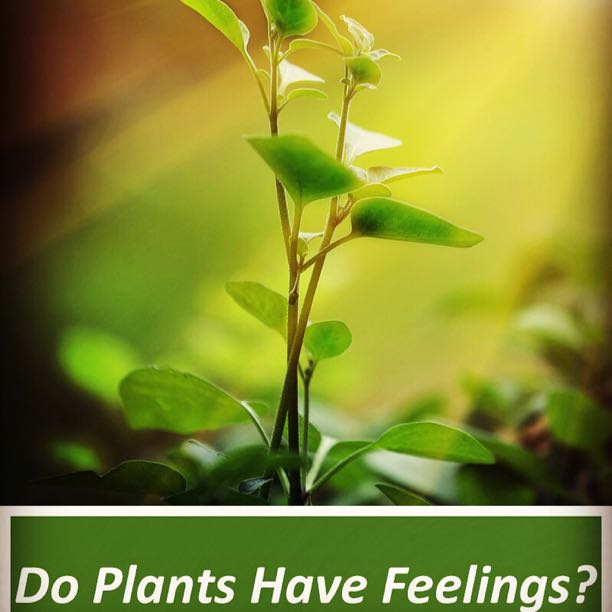
Category : Articles
Sub Category : Science and Technology
Every living thing is intimately attuned to its environment. When any stress, suffering or death occurs, all the life-forms in the surrounding area have an immediate electrical response—as if they all share the pain.
Cleve Backster left the CIA after Leonarde Keeler, his partner and a pioneer in the use of the polygraph, had passed away. During the development of the polygraph in February 1966, Baxter discovered a reaction that changed the history of science forever—and the impact still hasn't yet reached our common, public awareness.
He discovered that when the questions he would ask caused the person to feel threatened and anxious, the electrical activity in their skin became much stronger. He then continued with further experimentation, ultimately hooking electrodes up to his newly purchased plant, in order to see if it would react by threatening it's well-being.
Backster knew that if you wanted to catch someone lying, you first have to confront them about whatever they might be hiding. If your questions then cause them to feel threatened and anxious, the electrical activity in their skin gets much stronger. If they did commit the crime, that question threatens their well-being and produces a reaction that shows up on the chart.
Backster tried dipping one of the leaves into a cup of hot coffee. Nothing. He tapped one of the leaves with his pen. There was hardly any response. The next thing that occurred to him while standing 15 feet away from the plant was the thought of burning one of its leaves.
The very moment the imagery of burning the leaf with a match entered his mind, the polygraph pen moved rapidly to the top of the chart. No words were spoken, no touching the plant, no lighting of matches, just his clear intention to burn the leaf. The plant recording showed dramatic excitement.
The reaction grew stronger when Baxter went to pick up the matches, but then would calm back down after he returned them to the desk. He showed this to another associate who became fascinated, but he never again did any experiment that involved the threatening of plants.
After his initial discovery in 1966, Backster found out that once you start taking care of a plant, it seemingly tracks your thoughts and feelings. During plant monitoring sessions, when he left the lab to run an errand, he found that the moment he decided to return to where that plant was, the plant often showed a fairly significant reaction—especially when his decision to return was made in a spontaneous manner.
Backster used synchronized watches to prove that the plant was responding at the exact moment he made the decision.
In another case, Backster set up a plant experiment in New York and traveled to Clifton, New Jersey, with his associate Bob Henson, who was unaware that his wife had set up a surprise party for their wedding anniversary. Backster noticed several strong reactions in the plant as they went through various phases of their trip—including the time they approached Port Authority, the time they boarded the bus for Clifton, the time the bus entered the Lincoln Tunnel, and the time they made the final part of the trip out to Clifton.
Right at the moment they entered the house and everyone yelled, “SURPRISE!” the plant definitely felt it. Backster said, “There was a big reaction from the plant at that exact time.”
Backster began leaving plants connected to his polygraph without trying to do anything—just observing their reactions and then trying to figure out what might have caused them. One day he found a very strong reaction—and eventually realized it happened right as he poured a pot of boiling water into the sink in his lab.
Later tests revealed that his sink was loaded with bacteria—somewhat similar to the cantina scene from Star Wars—and when the bacteria suddenly died from the scalding hot water, the plant perceived a threat to its own well-being—and “screamed.”
Backster later designed an experiment to try to standardize this effect. He tried to think of the most expendable living creature he could find—and he chose brine shrimp, which are commonly used as fish food. He invented a machine that would dump the shrimp into boiling water at a random time.
The plants did indeed react, strongly, as the shrimp died—but only if the experiment was done at night, when no human beings were around in the lab. Otherwise, the plants seemed to “lose interest” in the shrimp; the energy fields from an average person were much stronger.
Skeptics later attempted to repeat this experiment—but they did not follow Backster’s protocols. As best they could determine, the people trying to replicate really didn’t understand how to automate human consciousness out of an experiment. They thought you could go to the other side of a wall and watch the experiment unfold through closed-circuit television. That wall meant nothing as far as the plant-to-human attunement was concerned.



